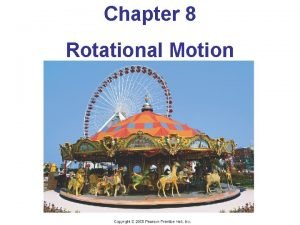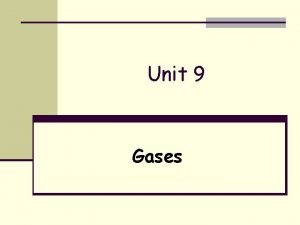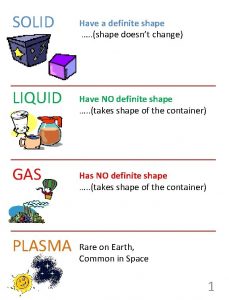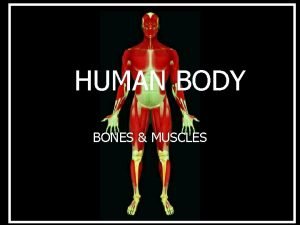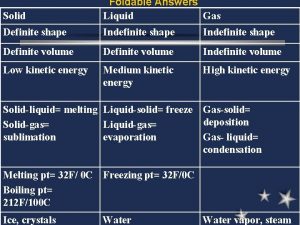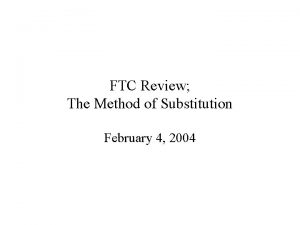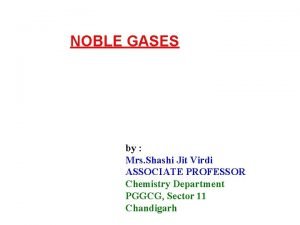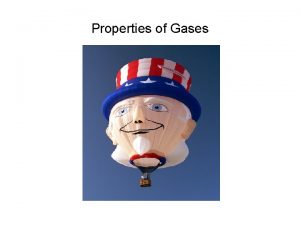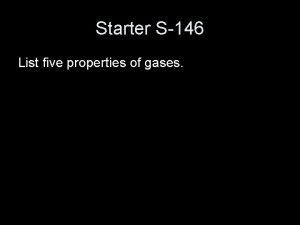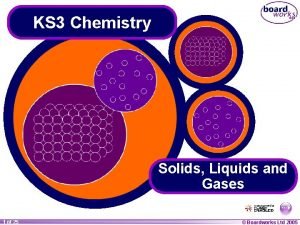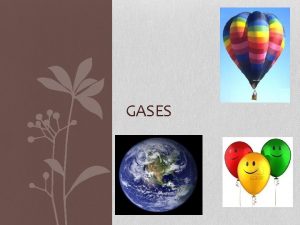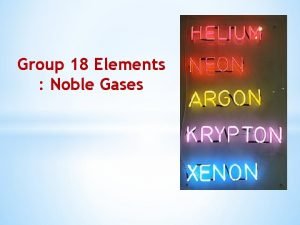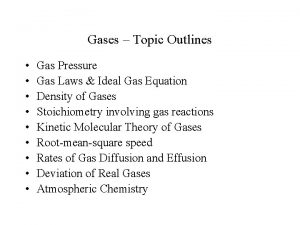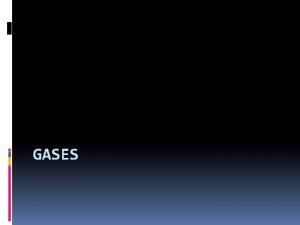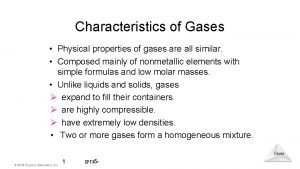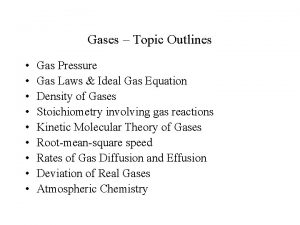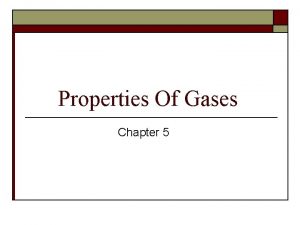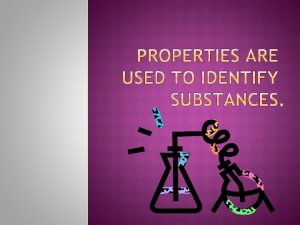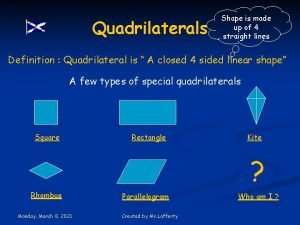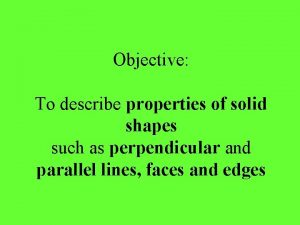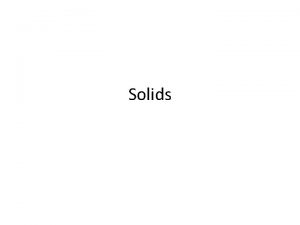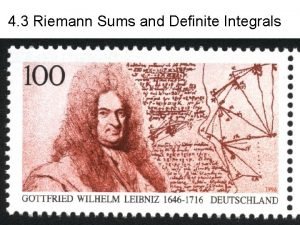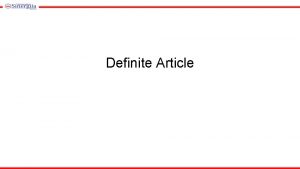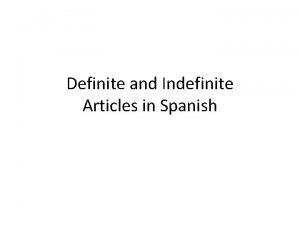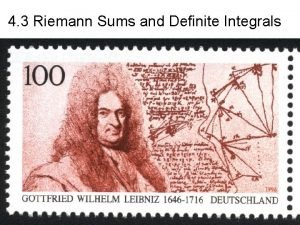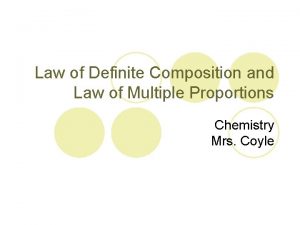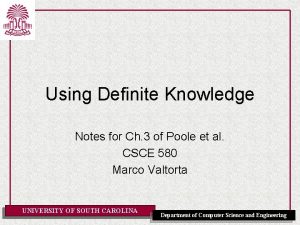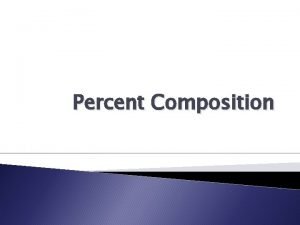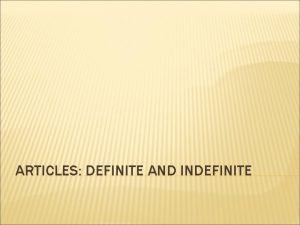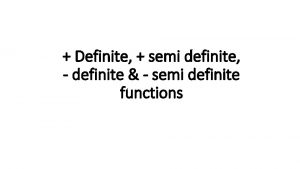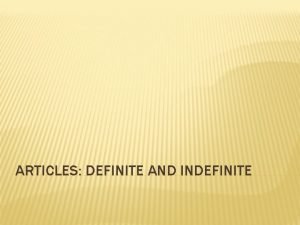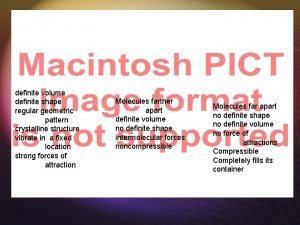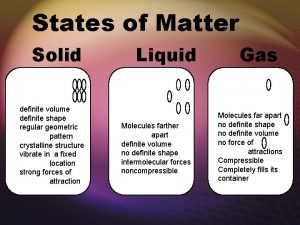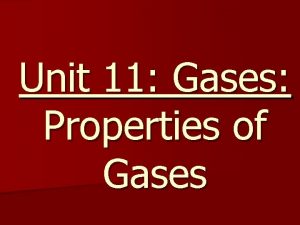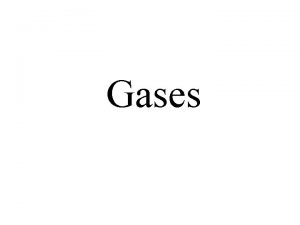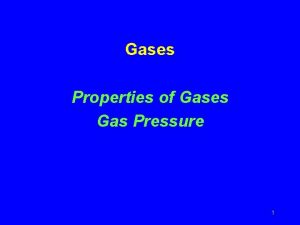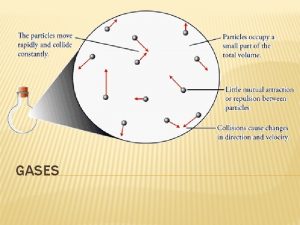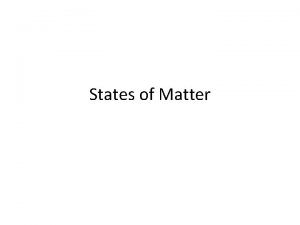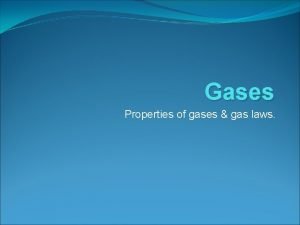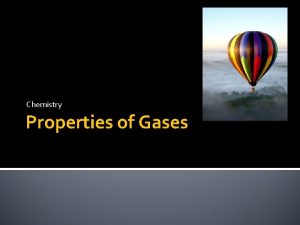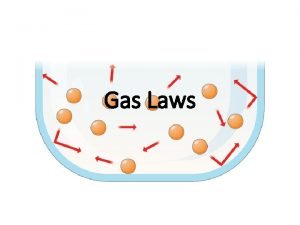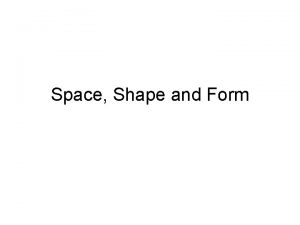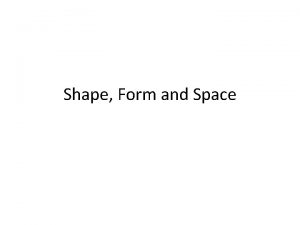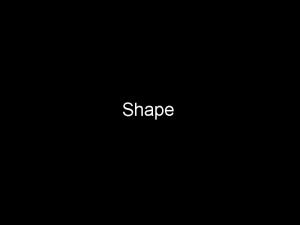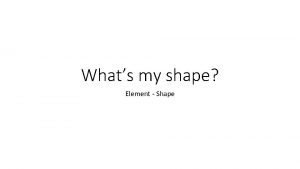Gases Gases Properties No Definite Shape No Definite









![Standard Temp. & Pressure “STP” 0 Degrees Celsius [273 K] & 1 Atmosphere At Standard Temp. & Pressure “STP” 0 Degrees Celsius [273 K] & 1 Atmosphere At](https://slidetodoc.com/presentation_image_h2/f44ec3f4c1505e8390309bbd08545383/image-10.jpg)






























- Slides: 40

Gases

Gases - Properties • No Definite Shape • No Definite Volume

Gas Laws - Units • Pressure Force per unit area on a surface 1 torr = 1 mm Hg 1 atm = 760 torr or mm Hg 1 atm = 14. 69 psi

Pressure - Unit Conversions 1. Convert 800. torr to atm. 2. Convert 0. 45 atm to mm Hg. 3. Convert 650 mm Hg to atm.

Gas Laws - Units • Volume 1 L = 1000 m. L Units must be equal on both sides of the equation!

Gas Laws - Units • Temperature K = 273 + C Units must be in Kelvin!

Pressure • Barometer Evangelista Torricelli - 1643

Pressure Equipment

Pressure Equipment
![Standard Temp Pressure STP 0 Degrees Celsius 273 K 1 Atmosphere At Standard Temp. & Pressure “STP” 0 Degrees Celsius [273 K] & 1 Atmosphere At](https://slidetodoc.com/presentation_image_h2/f44ec3f4c1505e8390309bbd08545383/image-10.jpg)
Standard Temp. & Pressure “STP” 0 Degrees Celsius [273 K] & 1 Atmosphere At STP, 1 mole of any gas occupies 22. 4 liters.

The Kinetic Theory of Matter Too small to see 1. Gases consist of tiny particles (atoms or molecules)

The Kinetic Theory of Matter 2. These particles are so small, compared with distances between them, that the volume (size) of the individual particles can be assumed to be negligble (zero).

The Kinetic Theory of Matter 3. The particles are in constant random motion, colliding with the walls of the container. These collisions with the walls cause the pressure exerted by the gas.

The Kinetic Theory of Matter 4. The particles are assumed NOT to attract or repel each other. Intermolecular forces

The Kinetic Theory of Matter 5. The average kinetic energy (KE = ½ mv 2) of the gas particles is directly proportional to the Kelvin temperature of the gas.

Boyle’s Law • Pressure and Volume have an inverse relationship. P 1 V 1 = P 2 V 2 Units must be equal on both sides!

Charles’ Law • Temperature and Volume have a direct relationship V 1 = V 2 T 1 T 2 Units must be equal on both sides! (T in Kelvin. )

Gay-Lussac / Amonton • Temperature and Pressure have a direct relationship P 1 = P 2 T 1 T 2 Units must be equal on both sides! (T in Kelvin. )

#1 How #3 How do pressure, volume, and temperature affect gases? do solve problems with Boyle’s, Charles’, and Gay-Lussac, (Amontons’) Laws? Agenda • • • Gas Laws WS #2: 8 -10 BBEC Review “JPMMM vs. Vacuum Pump” Exploring Pressure Lab EC Independent Research: Popcorn Kernels • CW/HW: Finish Gas Law WS #2: Page 1 • 3 -2 -1

#1 How #3 How do pressure, volume, and temperature affect gases? do solve problems with Boyle’s, Charles’, and Gay-Lussac, (Amontons’) Laws? BBEC Review Be careful of LAB equipment! Topics: Pressure Box Volume Box Temperature Box Gas Laws (BL; CL; GLAL) Memorize Kinetic Molecular Theory for tomorrow!

#1 How #3 How do pressure, volume, and temperature affect gases? do solve problems with Boyle’s, Charles’, and Gay-Lussac, (Amontons’) Laws? Demo “Jet-Puffed Marshmallow Man vs. the Vacuum Pump” What will happen to JPMMM as the pressure drops? Which Law helps to explain this? How strong is 1 atmosphere of pressure?

#1 How #3 How do pressure, volume, and temperature affect gases? do solve problems with Boyle’s, Charles’, and Gay-Lussac, (Amontons’) Laws? Candle Lab • Why does the water level rise? • Helpful Hints: • What percentage of the atmosphere is oxygen? • C 25 H 52 + O 2 • How much of your candle was used? • Gas Pressure • Gas Temperature • Gas Volume

#1 How #3 How do pressure, volume, and temperature affect gases? do solve problems with Boyle’s, Charles’, and Gay-Lussac, (Amontons’) Laws? Exploring Pressure Lab • Working in pairs • Group 1: Hall-Side • Part A: Online Research (~10 min) • Part B: Cartesian Diver (~5 min) • Group 2: Window-Side • Part C: Popcorn (~15 min) • Switch in ~15 minutes • Submit Lab Sheet when finished • Extra Time: Gas Law WS #2: Pg 1

#1 How #3 How do pressure, volume, and temperature affect gases? do solve problems with Boyle’s, Charles’, and Gay-Lussac, (Amontons’) Laws? Independent Research “Generic vs. Name Brand Popcorn” • Extra Credit Criteria: • Compare and Contrast “Popping Effectiveness” (Ratio of Popped-to. Unpopped Kernels) and Cost • 2 Generic Brands and 2 Name Brands • Written Report • Due in by the end of next week

#1 How #3 How do pressure, volume, and temperature affect gases? do solve problems with Boyle’s, Charles’, and Gay-Lussac, (Amontons’) Laws? 3 -2 -1 • 3 Things you’ve enjoyed from this unit • 2 Things you’ve learned today • 1 Question that you have about Pressure or Gas Laws • HW (write in your agenda): Gas Law WS #2: Page 1

#1 How #3 How do pressure, volume, and temperature affect gases? do solve problems with Boyle’s, Charles’, and Gay-Lussac, (Amontons’) Laws? Agenda • Gas Laws WS #2: Page 1 • Packet Pg. 6 • Exploring Pressure Lab • 3 -2 -1

#1 How #3 How do pressure, volume, and temperature affect gases? do solve problems with Boyle’s, Charles’, and Gay-Lussac, (Amontons’) Laws? Agenda • • • Review Packet Pg. 6 Review Kinetic Molecular Theory BBEC Review (KMT) Combined Gas Laws WS #2: Page 2 #10; 1 -5

#1 How #3 How do pressure, volume, and temperature affect gases? do solve problems with Boyle’s, Charles’, and Gay-Lussac, (Amontons’) Laws? Agenda • Review Gas Laws WS #2: Page 2 #10; 1 -5 • BBEC Review (KMT) • Avogadro’s Law • Dalton’s Law • Gas Laws Packet: Finish Page 8

Avogadro’s Law • Volume is directly proportional to the number of moles. V=kn k is a constant n is the amount of gas Units must be equal on both sides!

Avogadro’s Law • A more useful representation of Avogadro’s Law could be derived as follows: V = k n V/n = k If V 1 = k and V 2 = k n 1 n 2 Then V 1 = V 2 n 1 n 2

Dalton’s Law of Partial Pressures • The total pressure is equal to the sum of the partial pressure of each gas. • Ptotal = P 1 + P 2 + P 3 +. . . + Pn • 1 atm = Pnitrogen + Poxygen + Pothers • Collection of a gas over water: • Ptotal = Pwater + Pgas • (Page 859) Table A-8 Water-Vapor Pressure

Ideal Gas Law • Relates pressure, volume, temperature, and the number of moles • PV=n. RT • Ideal Gas Law Constant, R • R : 0. 0821 L·atm/mol·K

Ideal Gas Law • Two other useful ways to use the Ideal Gas Law: • n: # of moles (in mol) • m: mass (in grams) • M: Molar Mass in (g/mol) • M = m/n n = m/M • PV=(m/M)RT MVP = m. RT

Ideal Gas Law • Two other useful ways to use the Ideal Gas Law: • m: mass (in grams) • V: volume (in L) • D: Density (in g/L) • MVP=m. RT MP = m. RT/V • MP=(m/V)RT MP = DRT

Gas Laws & Stoichiometry • Tools for using Gas Laws & Stoichiometry: • Balanced Chemical Equation • Elements (Lucky 7, P 4, S 8) • Formulas (Charges Balanced) • • 1 Mole Gas = 22. 41 L at STP Mole – Mole Ratio PV=n. RT MVP = m. RT

Gas Stoichiometry Diagram: Gas Solid

Gas Stoichiometry Diagram: Gas Solid

Gas Stoichiometry Diagram: Volume A@STP CGL Volume A Gas Solid PT Molar Mass Mole A CGL Volume B@STP PV=n. RT Molar Volume STP Molar PV=n. RT Volume Mass A Volume B BCE Mole B PT Molar Mass B Solid

Demo Equation How many grams of copper are needed to produce 2. 00 liters of NO 2 at STP? Cu + 4 HNO 3 2 NO 2 + Cu(NO 3)2 + 2 H 2 O

#1 How #3 How do pressure, volume, and temperature affect gases? do solve problems with Boyle’s, Charles’, and Gay-Lussac, (Amontons’) Laws? Agenda • • • Review Gas Laws Packet: Page 11 BBEC Review (KMT) Gas Law Research (Sign Up) Canary Packet Gas Laws Packet: Page 12 Candle Lab: • • • Boyles: P & V Charles: V & T Gay-Lussac: P & T Avogadro’s: V & n Ideal Gas: P, V, n, & T
 An old phonograph record revolves at 45 rpm
An old phonograph record revolves at 45 rpm Having no definite shape
Having no definite shape Solid liquid gas plasma
Solid liquid gas plasma Ball and socket joint
Ball and socket joint Indefinite shape and indefinite volume
Indefinite shape and indefinite volume Circuit training properties of definite integrals
Circuit training properties of definite integrals Liperamid
Liperamid Properties of gases
Properties of gases The properties of solids liquids and gases
The properties of solids liquids and gases List 2 of the important properties of gases
List 2 of the important properties of gases Properties of gases
Properties of gases Liquid information
Liquid information General properties of gases
General properties of gases Properties of noble gases
Properties of noble gases Properties of gasses
Properties of gasses Four properties of gases
Four properties of gases Characteristics of gases
Characteristics of gases Buoyancyability
Buoyancyability Properties of gases
Properties of gases 5 properties of gases
5 properties of gases Drag divergence mach number
Drag divergence mach number Shape matching and object recognition using shape contexts
Shape matching and object recognition using shape contexts Template matching
Template matching Physical property texture
Physical property texture Plane shape with 4 straight lines
Plane shape with 4 straight lines Features of solid shapes
Features of solid shapes Properties of a kite
Properties of a kite Intensive and extensive properties
Intensive and extensive properties Chemical property of water
Chemical property of water How do particles move in a liquid
How do particles move in a liquid Riemann sum to integral
Riemann sum to integral What is a definite article
What is a definite article Indefinite and definite articles spanish
Indefinite and definite articles spanish Site:slidetodoc.com
Site:slidetodoc.com Definite composition example
Definite composition example Definite articles french
Definite articles french Write the correct indefinite article
Write the correct indefinite article Definite vs indefinite articles spanish
Definite vs indefinite articles spanish Definite knowledge
Definite knowledge Law of definite and multiple proportions worksheet answers
Law of definite and multiple proportions worksheet answers Italian definite article chart
Italian definite article chart
